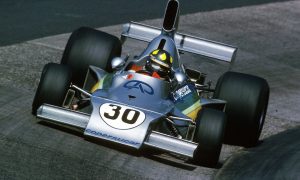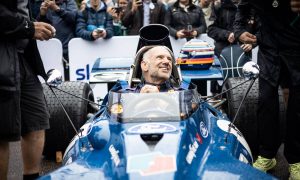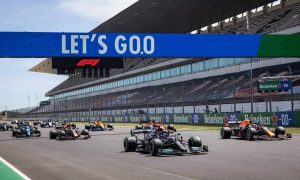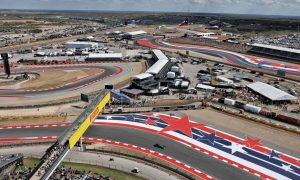
Former F1 world champion Mika Hakkinen has defended the growing number of street circuits on the Formula 1 calendar.
Unlike other championships such as Formula E and the US open wheel IndyCar series, Formula 1 has traditionally stuck to racing on permanent race courses including Silverstone, Monza and Spa-Francorchamps.
But in recent years - and especially since the commercial rights to Formula 1 were bought up by Liberty Media - there has been a move toward holding more races on temporary street circuits in city centres.
Max Verstappen has been critical of this trend. "I don't want to see myself in 2028 or whatever driving only on street circuits close to the city just for the fan engagement or whatever," the world champion said last year.
"I understand everyone wants to make money but there is a limit to that," he said, adding that traditional circuits must be retained "instead of just driving on street circuits which I think F1 cars are not designed for anyway."
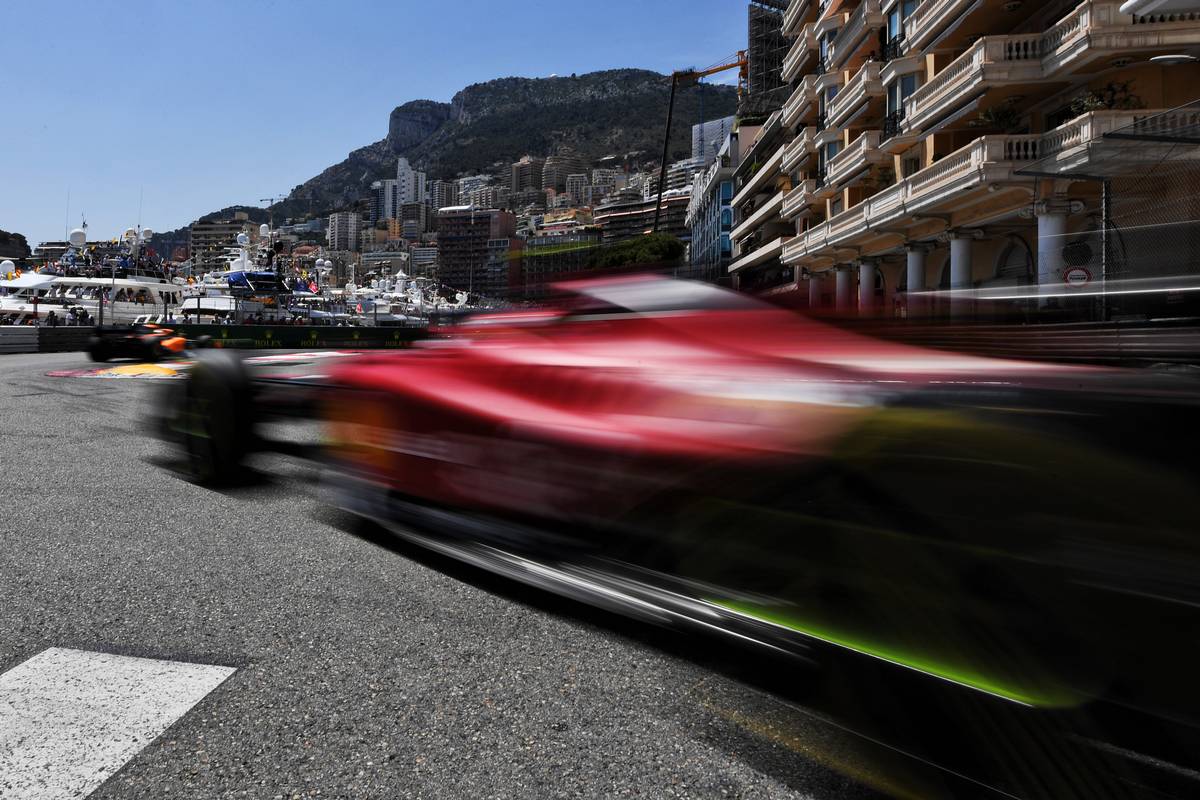
This year a full third of the championship will take place on street circuits, with Las Vegas the latest addition to the schedule with cars set to race along the city's iconic 'Strip' in November.
It compares to just three such circuits in 1999 when Hakkinen won his second world championship. But the Finn dismisses criticism that street circuits can't offer the same level of exciting wheel-to-wheel racing as purpose-built tracks.
“I think it’s just purely a balance,” Hakkinen told Top Gear. “Every race cannot be a city, and every race cannot be out of the cities, so it has to be a balance.
“Life is the same thing. We cannot have everything that we want," he pointed out.
"It’s common sense: we know that street circuits require compromises," he acknowledged. "You cannot move big buildings, you cannot have huge hills and camber changes in the corners. You have to have compromises."
One of the advantages of a street circuit is that the crowd is often brought much closer to the racing action than when confined to large grandstands some distance from the track at venues such as the Circuit of the Americas.

.
Overall, Hakkinen felt that street circuits have much to offer the sport now that it has shrugged off its conservative, stuck-in-the-mud approach of the 80s and 90s under its former owners.
“We know the cities can offer so many attractions for fans,” he explained. “You have restaurants, you have shopping malls, you have beautiful hotels. People can look at the race from their balcony.
"If people can stay in a boat, it’s a luxury. Formula 1 is Formula 1, it’s a luxury business, and people can enjoy incredible atmosphere. So to have races in the cities, I think it’s brilliant.
“It gives more challenges for the teams and the drivers," he acknowledged. "But drivers, we are paid to take these challenges and bring a great show for the fans. Go flat out.”
Some races like the floodlit Singapore GP have already become an accepted part of the F1 calendar. But last year's inaugural Miami Grand Prix attracted a lot of criticism, leaving organisers 'embarrassed'.
Even the iconic Monaco GP has come under attack in recent years, with its tight and twisty track no longer very suitable for the modern era of larger, wider F1 cars to race on.
It also has one of the most cramped pit lanes in the sport, adding to the pressure on teams during races. But that can also add to the excitement, with the pit crew often proving crucial to the outcome of the race.
The Saudi Arabia Grand Prix is currently held on the Jeddah Cornish street circuit, but the plan is to move it to a permanent custom-built racing facility Qiddiyah once construction is complete.
Gallery: The beautiful wives and girlfriends of F1 drivers
Keep up to date with all the F1 news via Facebook and Twitter



